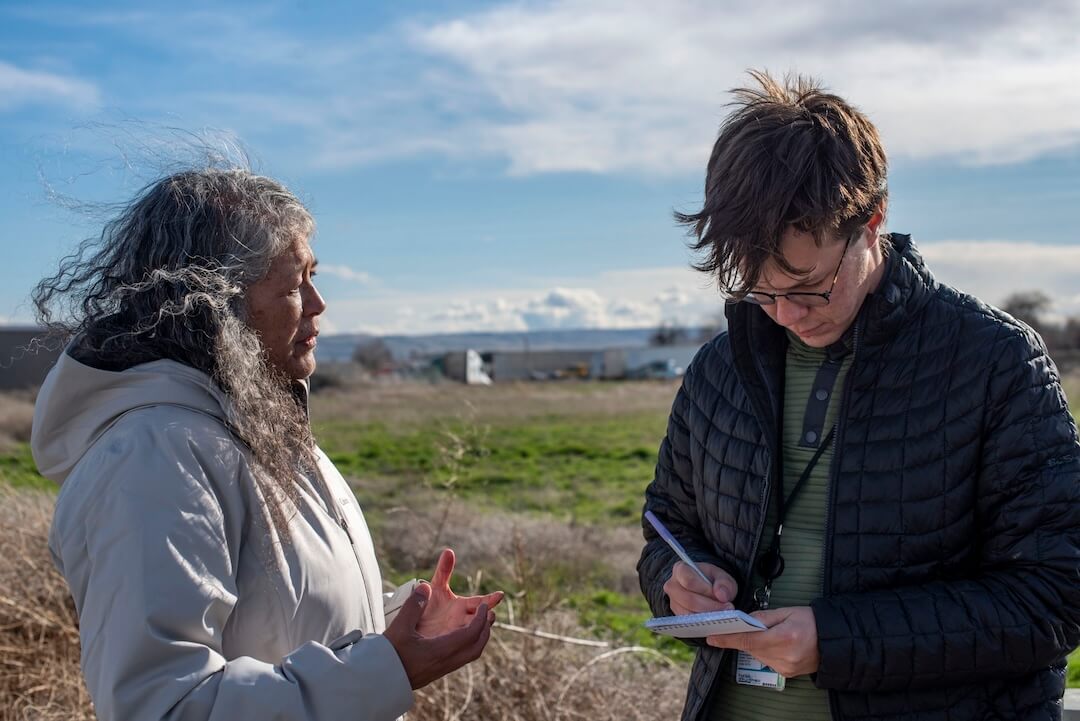If you want to understand the depth of need among America’s local newsrooms — plus their depth of passion for serving their communities — there’s no better way than to read hundreds of their applications to organizations like mine, Report for America.
We recruit early-career journalists for local newsrooms and pay a good part of their salaries over two to three years, so they can cover what the newsrooms identify as critically underserved topics or communities. We also teach newsrooms how to fundraise and make themselves more financially sustainable.
Over the past few days, our team finished selecting the 50 or so newsrooms we’ll be adding to our cohort next year, for a total of roughly 200. We’ll announce those results in December, but here’s a flavor of the enormous coverage gaps local newsrooms are trying to fill:
From Arkansas: “Today there is not a single ag reporter in the state, yet agriculture is Arkansas’s largest industry. This is crazy.”
From Pennsylvania: “This reporter would also keep an eye on the roughly 8-10 small local governments in our northern area. These councils are usually full of untrained community members with the best intentions. Or, occasionally, bad intentions. One town manager … was recently arrested for allegedly stealing more than $600,000.”
IT’S GIVING TUESDAY. Has Poynter made a difference in your journalism career, knowledge or understanding? Today is #GivingTuesday and an opportunity for you to pay it forward by making a gift. Thank you for your generous support!
From Michigan: “Southwest Detroit … hosts a petroleum refinery and other heavy industry and deals with heavy truck traffic that is about to worsen with the construction of a new international border crossing. Residents struggle with air pollution, asthma, lead paint in homes and lead in water service lines, flooding, heat, and many other environmental and public health threats. … This community is woefully undercovered.”
News craters like these exist throughout the country — and they’re only getting worse, according to the State of Local News 2023 report from the Medill Local News Initiative at Northwestern University. The report’s release last week served as a grim backdrop to our work judging newsroom applications and making agonizing choices. Among the alarming findings:
- More than half of the nation’s 3,143 counties have no local news source or only one remaining outlet.
- The country has lost 2,900 newspapers — nearly one-third — since 2005.
- We’re losing 2.5 newspapers per week, a rate that’s accelerating.
- Alternative local news outlets have not been viable replacements for shuttered papers, especially in non-metro areas.
Bottom line: Our growing news deserts are leaving far too many people without a trusted source of information.
Yes, there’s been positive news lately, namely the Press Forward initiative — $500 million pledged by a coalition of donors to support local news over the next several years.
The Medill report features additional bright spots — newsrooms throughout the country that are doing relatively well. All are privately held, most are locally owned, and all have gone to great lengths to engage with their communities and foster deep local relationships. I’m happy to say that 14 of the 17 newsrooms featured in the report are current or former host newsrooms of Report for America. Our team knows them as generous sharers of their ideas with other newsrooms. A vibrant network effect is key to more widespread adoption of these practices and ideas.
Our team has been doing this work for six years, fielding more than 600 journalists at 340 partner newsrooms. We’ve also helped newsrooms raise more than $21 million from local donors, and we’ve contributed $19 million in salary support. Each year we perform a juggling act, incorporating in our selections rural, suburban and urban newsrooms, for-profits and nonprofits, a variety of mediums and beats, and more. The need is so great, though, that we’ve had to turn away far more newsrooms than we can help.
I wish more people could know what a difference a single reporter can make in a community. That might inspire more people, and public and private institutions, to support local news.
Last year, one newsroom application stuck with me above the hundreds of others: The People-Sentinel in Barnwell, South Carolina. “The coverage area is a rural, high-poverty news desert,” wrote publisher Jonathan Vickery, who had recently bought the paper. He proposed to hire a reporter for neighboring Allendale County, which nobody had covered in a decade.
So with our help, The People-Sentinel hired corps member Elijah de Castro. At his first Allendale City Council meeting, de Castro told us he was swarmed by grateful residents. Just last week, he reported that in another town, the outgoing mayor had tried to cancel the meeting at which her replacement would be sworn in.
“I don’t know if I can claim that my reporting made the mayor agree to leave, but people told me that my reporting helped them understand what was going on,” de Castro told me. “Without a voice in local media, they’ve become totally confused as to what is happening around them.”







